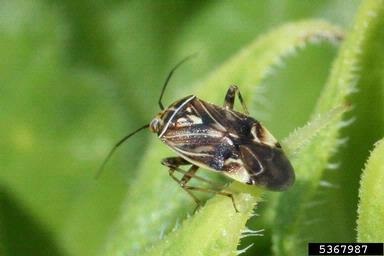
by Michael Donahoe | Jun 24, 2016
Cotton throughout the area is squaring heavily and most of our oldest cotton is probably a week away from first bloom. There are reports of some fields being treated for tarnished plant bugs feeding on pinhead squares. It’s important to scout fields carefully...
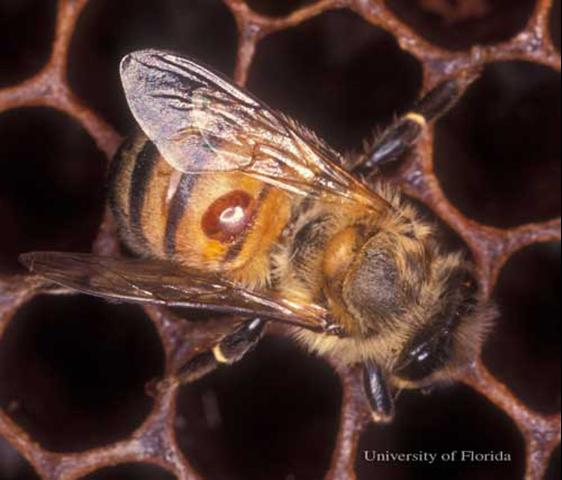
by Judy Biss | Jun 17, 2016
It has been a tough year for beekeepers. Two recent national reports revealed that beekeepers suffered the triple whammy of colony loss, reduced honey production, and lower prices, all of which ultimately reduced income over this past production year. The Bee...
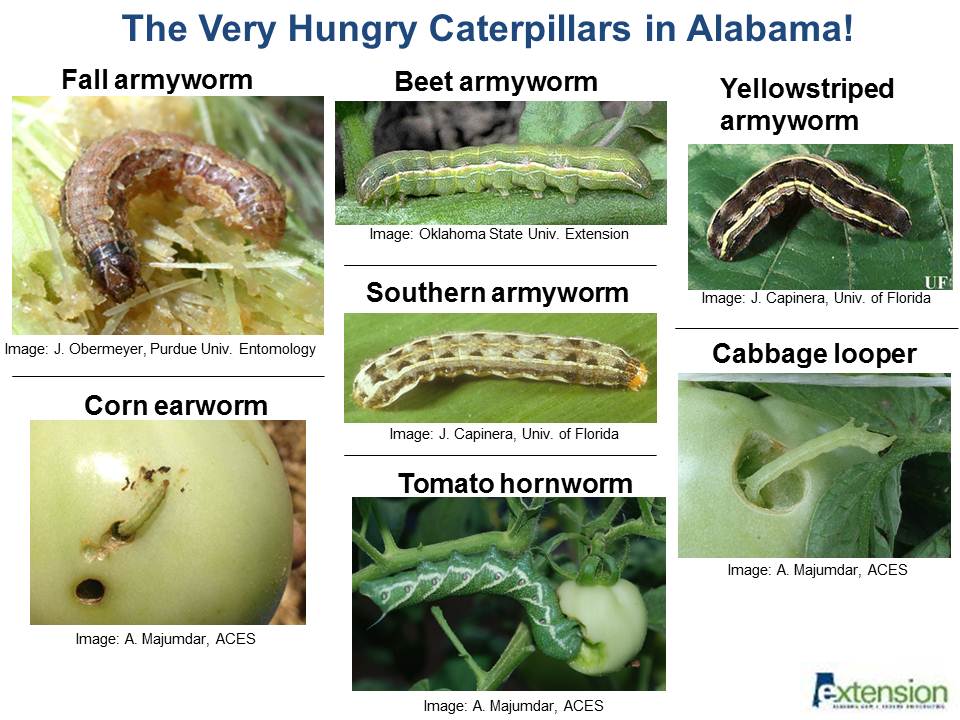
by Doug Mayo | Jun 17, 2016
Ayanava Majumdar (Dr. A), Alabama Extension Entomologist Source: Alabama IPM Communicator Newsletter Drought-like conditions is favoring plant-stress and a high incidence of caterpillars on vegetable crops. Insects undergo a rapid life cycle in hot conditions –...
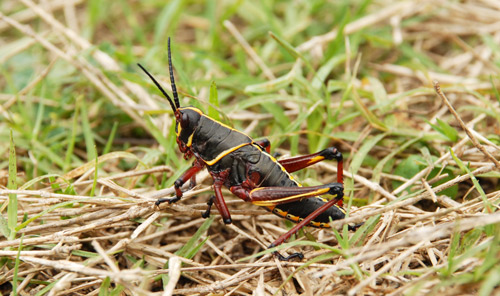
by Matthew Orwat | May 27, 2016
The Eastern Lubber Grasshopper, also known colloquially as the “Georgia Thumper,” can be highly destructive to a variety of vegetable crops. This May many growers and vegetable gardeners have reported unusually high numbers of nymphs, the juvenile form of the...
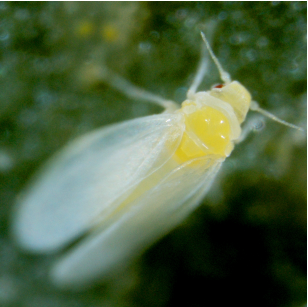
by Doug Mayo | May 27, 2016
Brad Buck, UF/IFAS Communications Situation The Q-biotype whitefly, a significant tropical and subtropical pest, may threaten Florida crops such as tomatoes, squash, beans, watermelons and many other vegetables and ornamentals if immediate measures are not taken to...
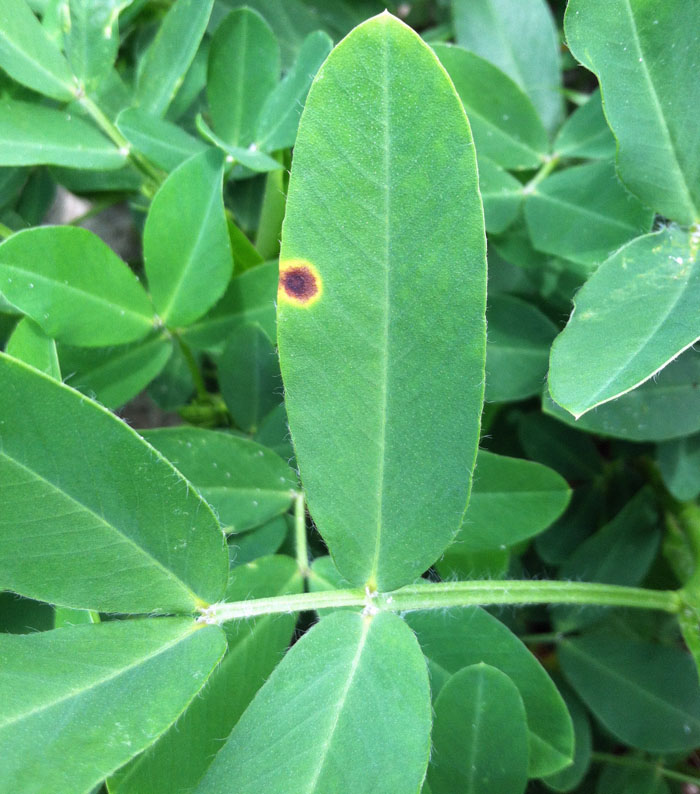
by Ethan Carter | May 13, 2016
Common examples of integrated pest management strategies include manipulation of planting date or row spacing, tillage variations, pesticide use, and variety selection. Most of these are typically used in combination for optimal pest management. Regarding peanut...







